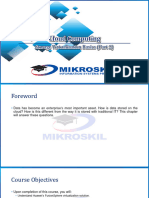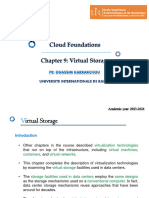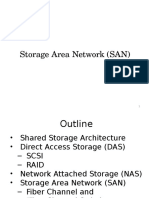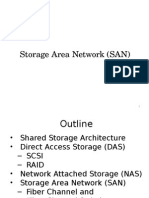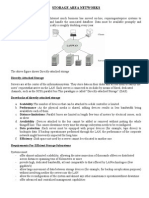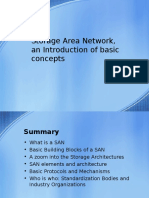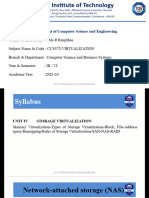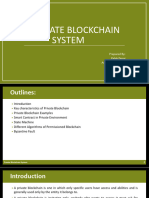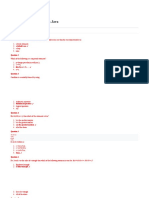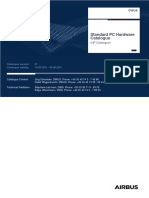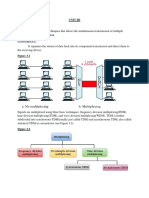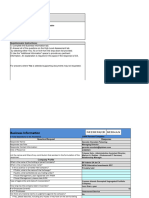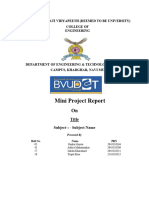0% found this document useful (0 votes)
30 views25 pagesStorage Virtualization
The document provides an overview of data storage systems, focusing on storage virtualization and the I/O layers within both single hosts and virtual machines. It discusses various storage types, including SAN, NAS, and different disk image formats, along with techniques for efficient VM creation and data deduplication methods. Key concepts such as Copy-on-Write and the differences between pre-allocated and extensible disk images are also highlighted.
Uploaded by
rupalivaje99Copyright
© © All Rights Reserved
We take content rights seriously. If you suspect this is your content, claim it here.
Available Formats
Download as PDF, TXT or read online on Scribd
0% found this document useful (0 votes)
30 views25 pagesStorage Virtualization
The document provides an overview of data storage systems, focusing on storage virtualization and the I/O layers within both single hosts and virtual machines. It discusses various storage types, including SAN, NAS, and different disk image formats, along with techniques for efficient VM creation and data deduplication methods. Key concepts such as Copy-on-Write and the differences between pre-allocated and extensible disk images are also highlighted.
Uploaded by
rupalivaje99Copyright
© © All Rights Reserved
We take content rights seriously. If you suspect this is your content, claim it here.
Available Formats
Download as PDF, TXT or read online on Scribd
/ 25




